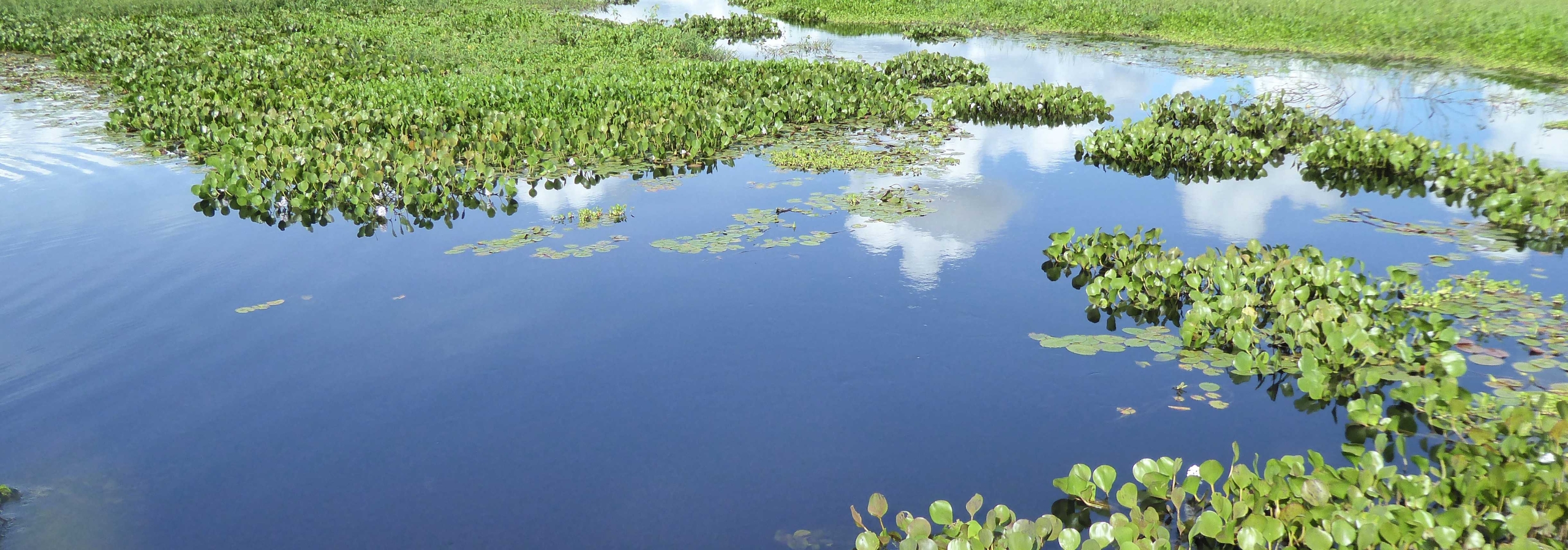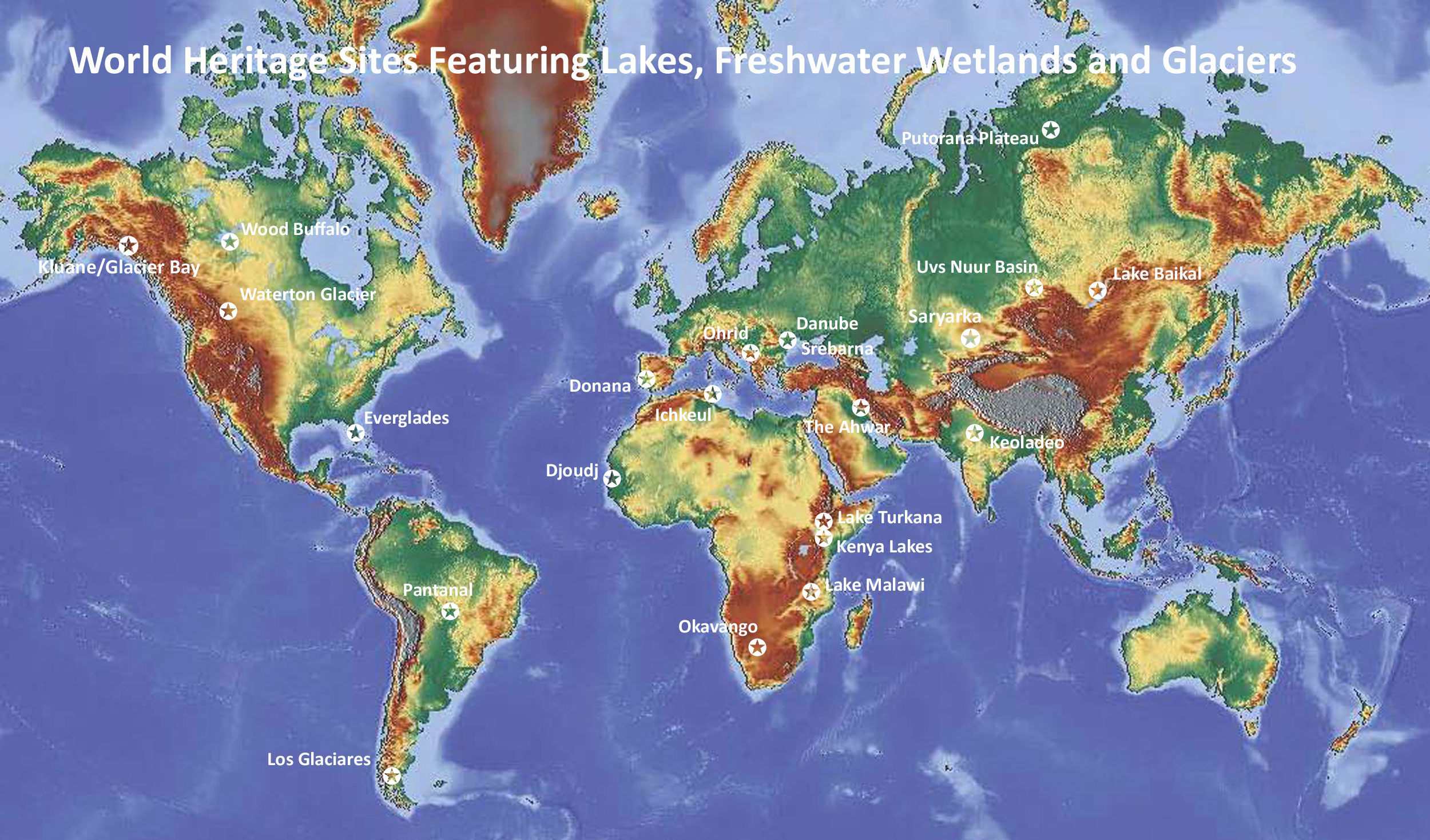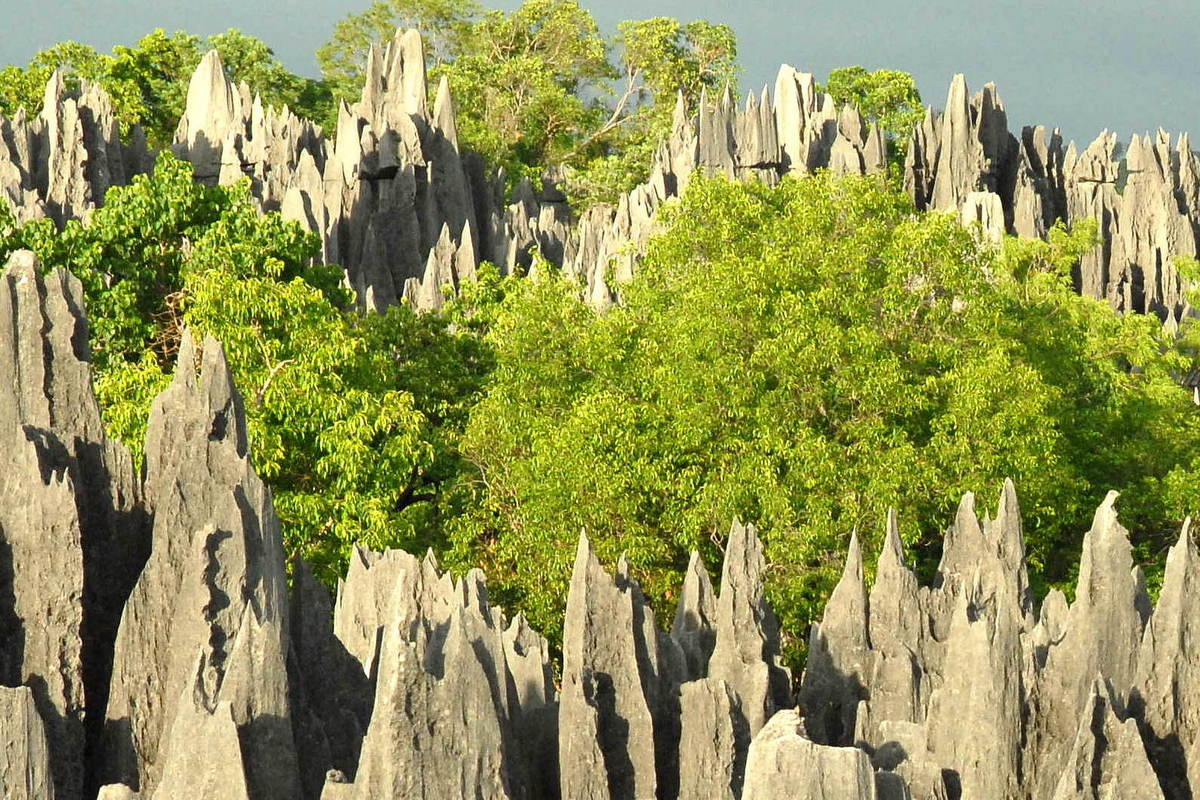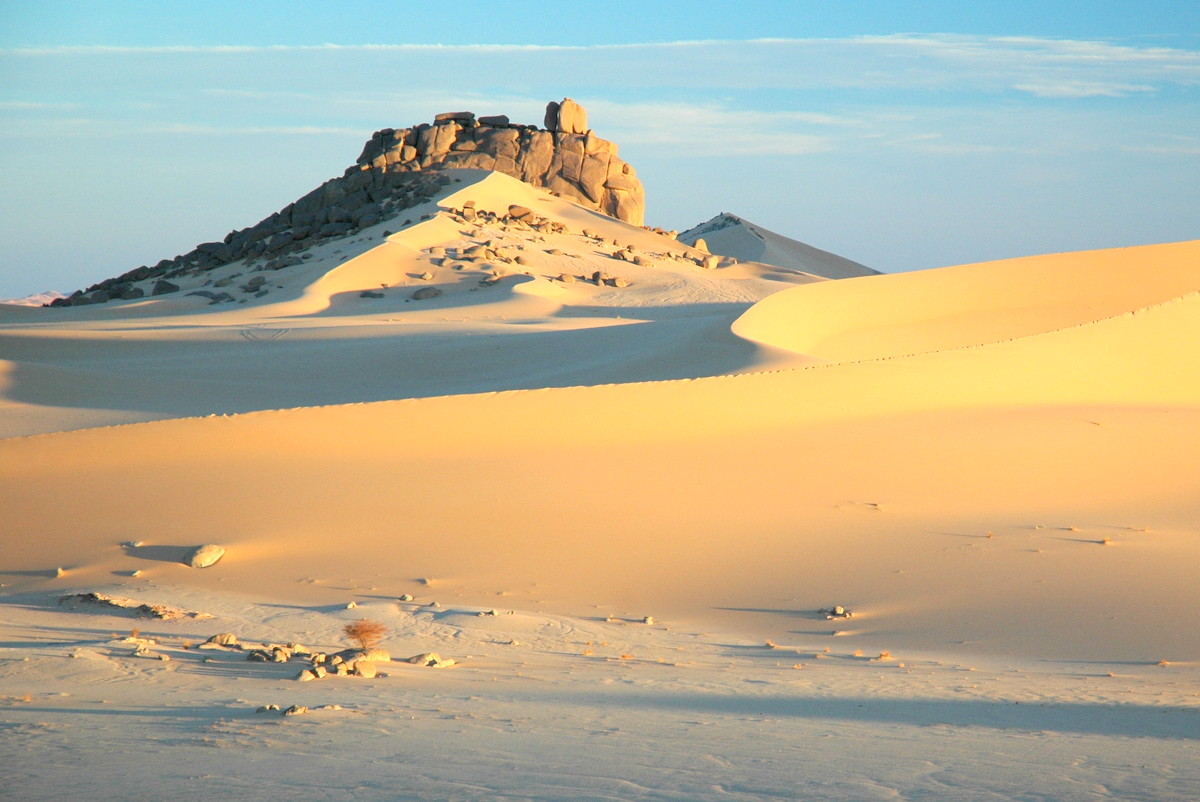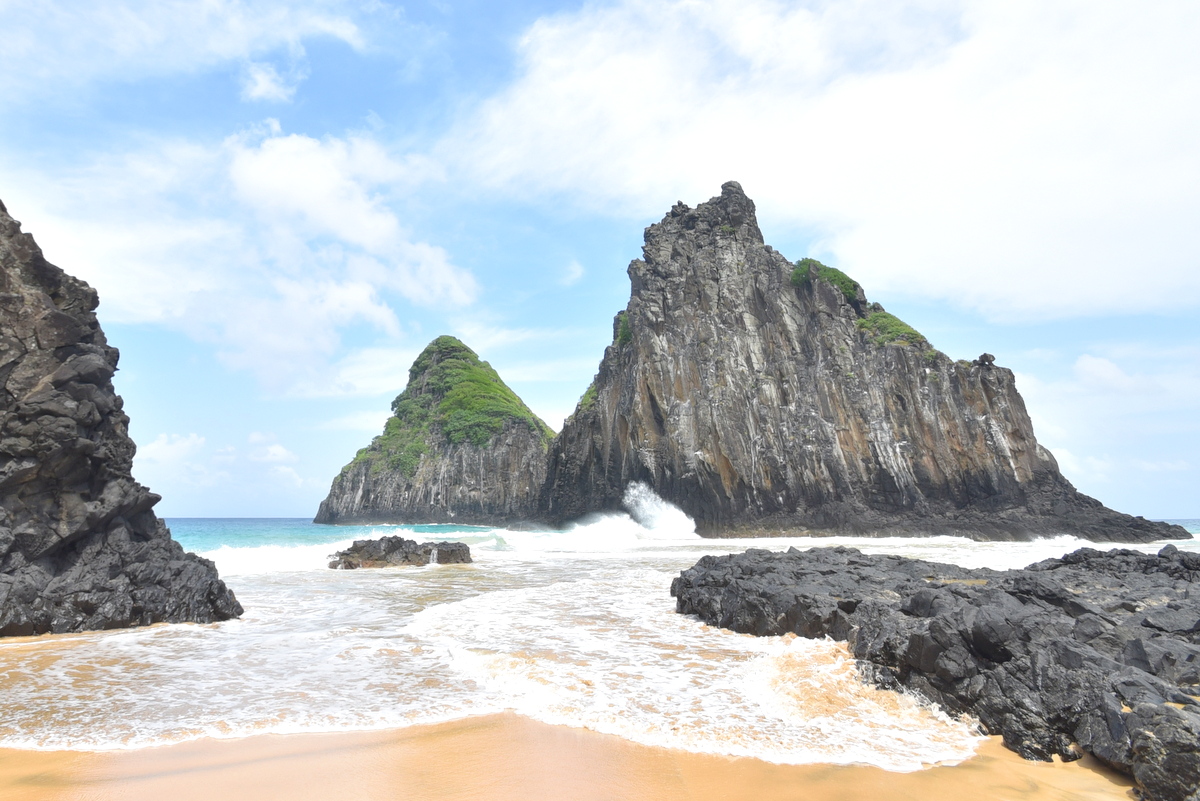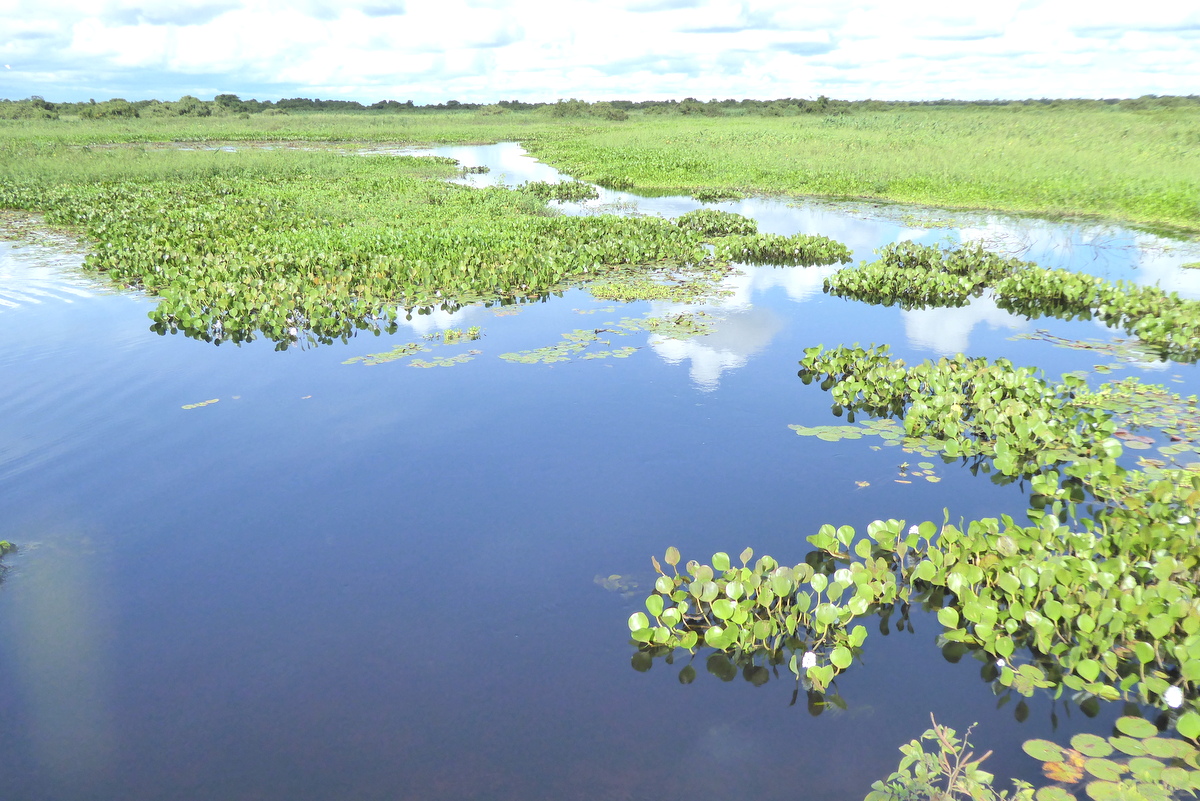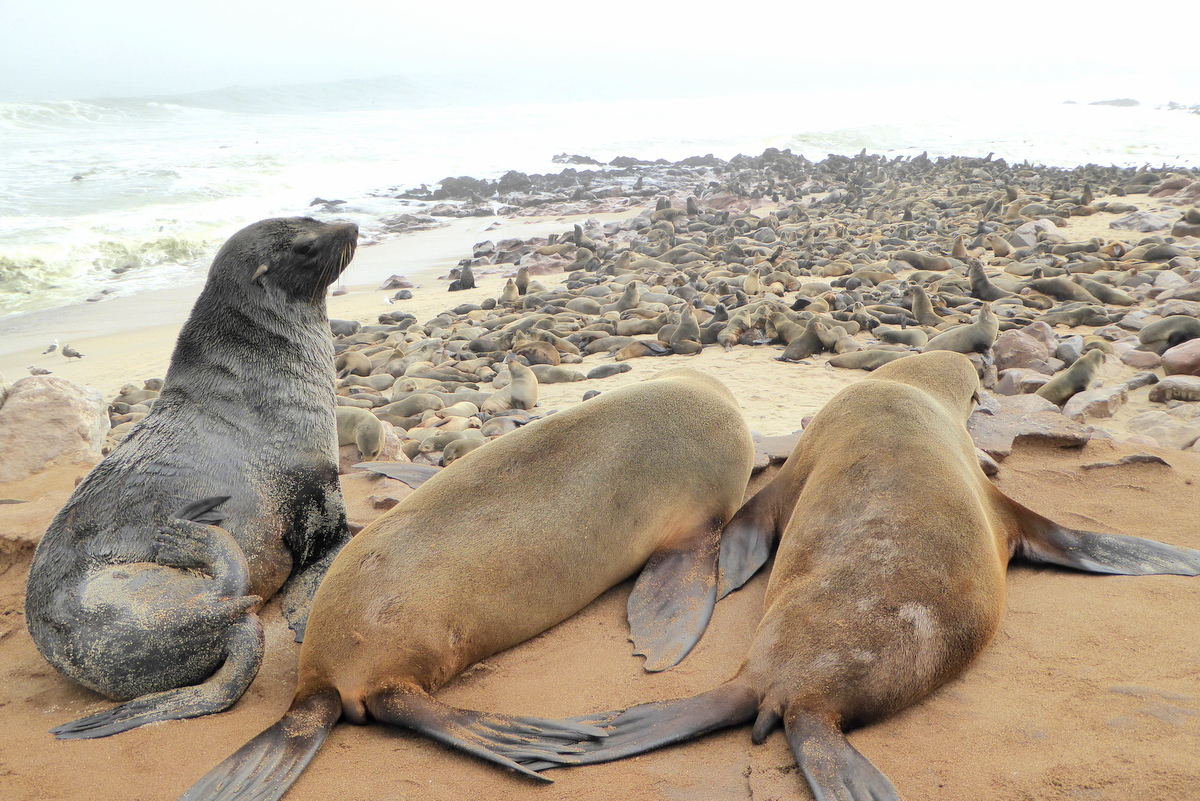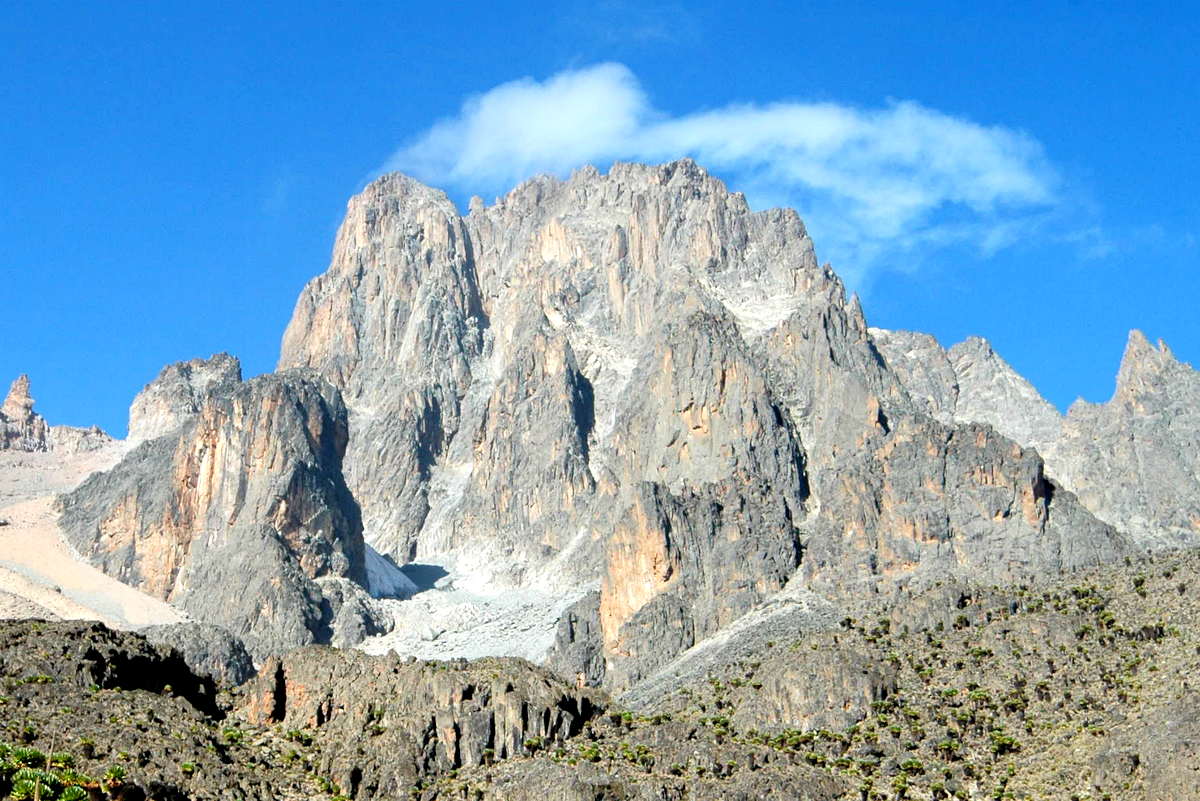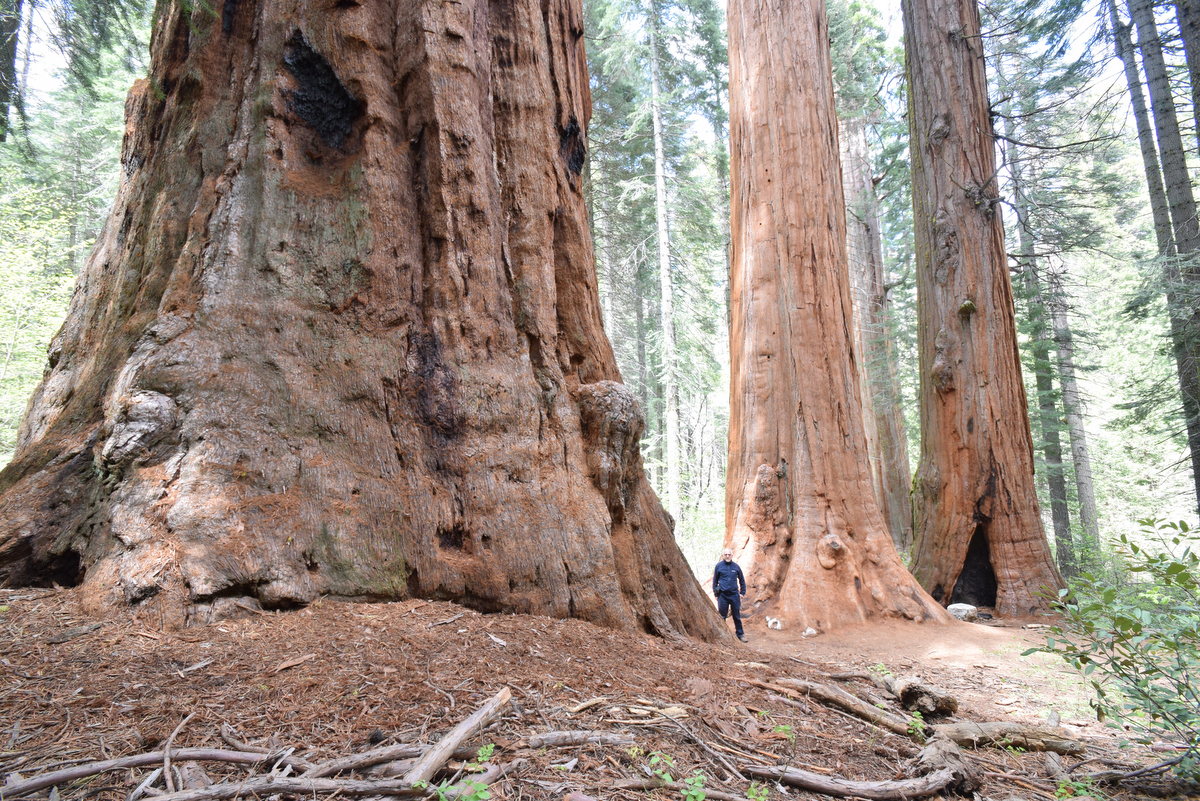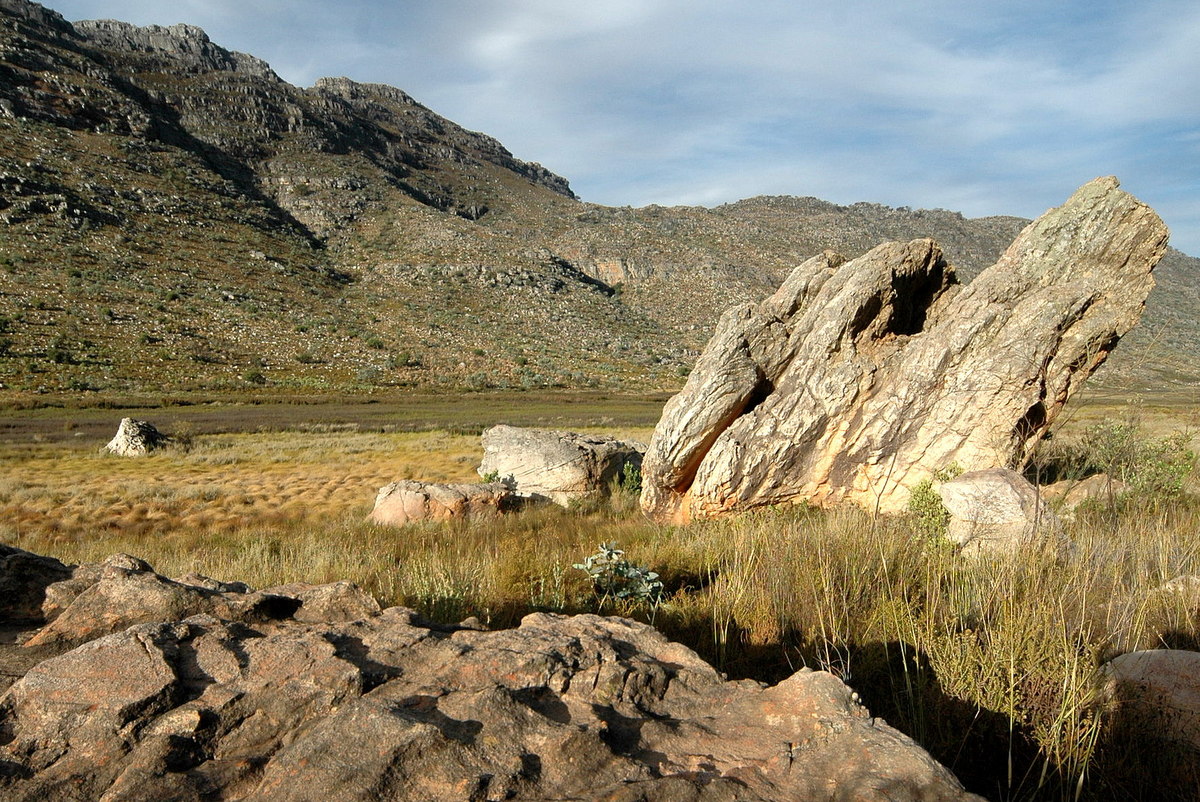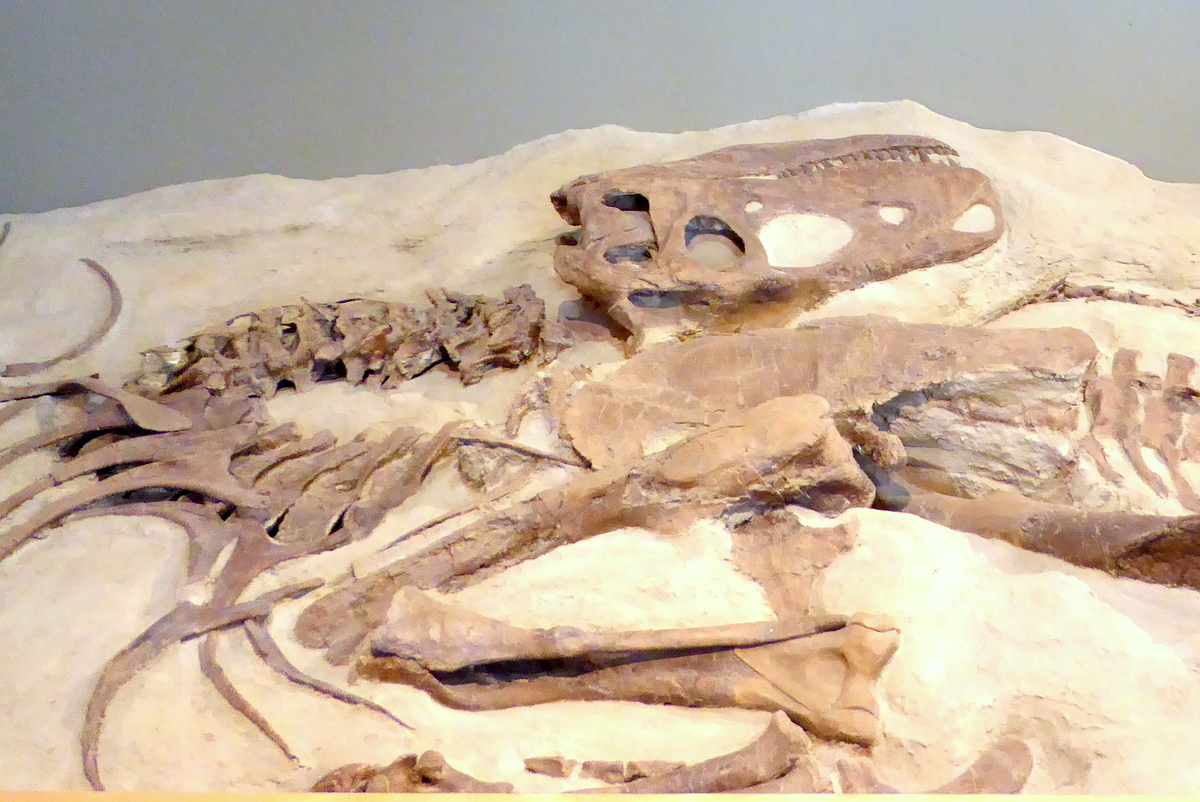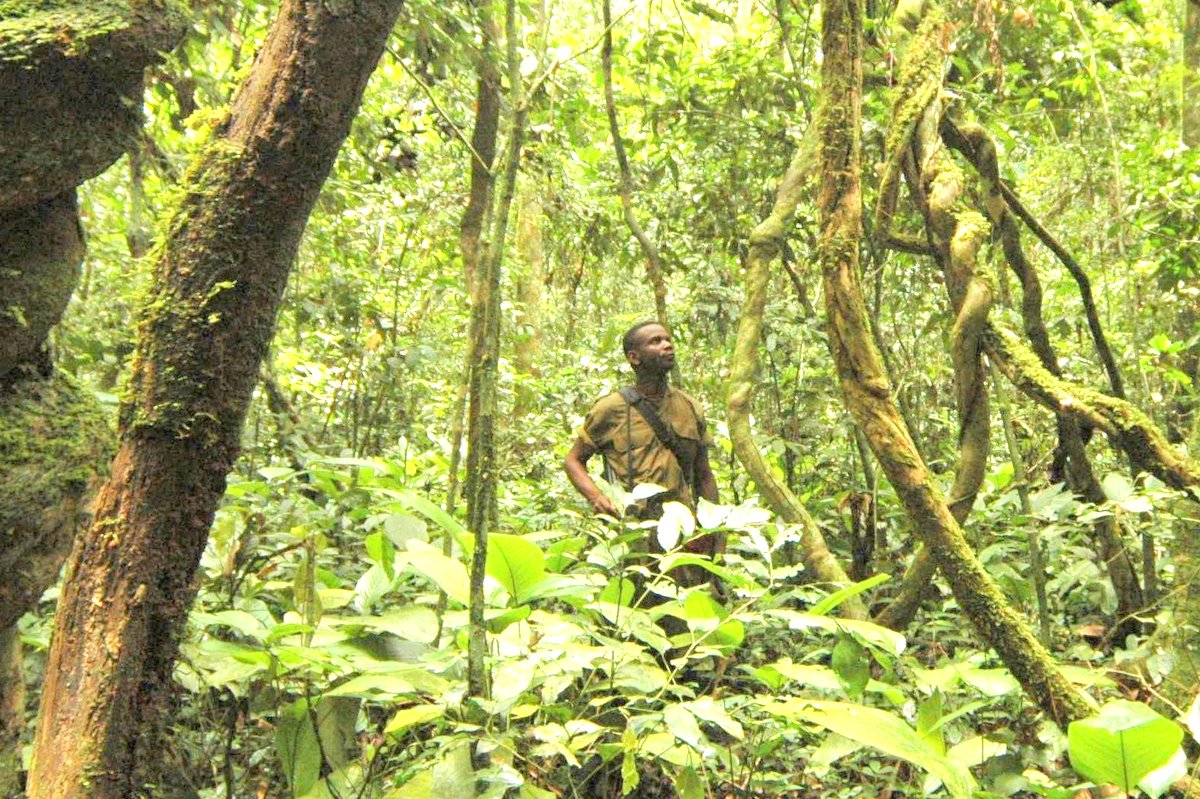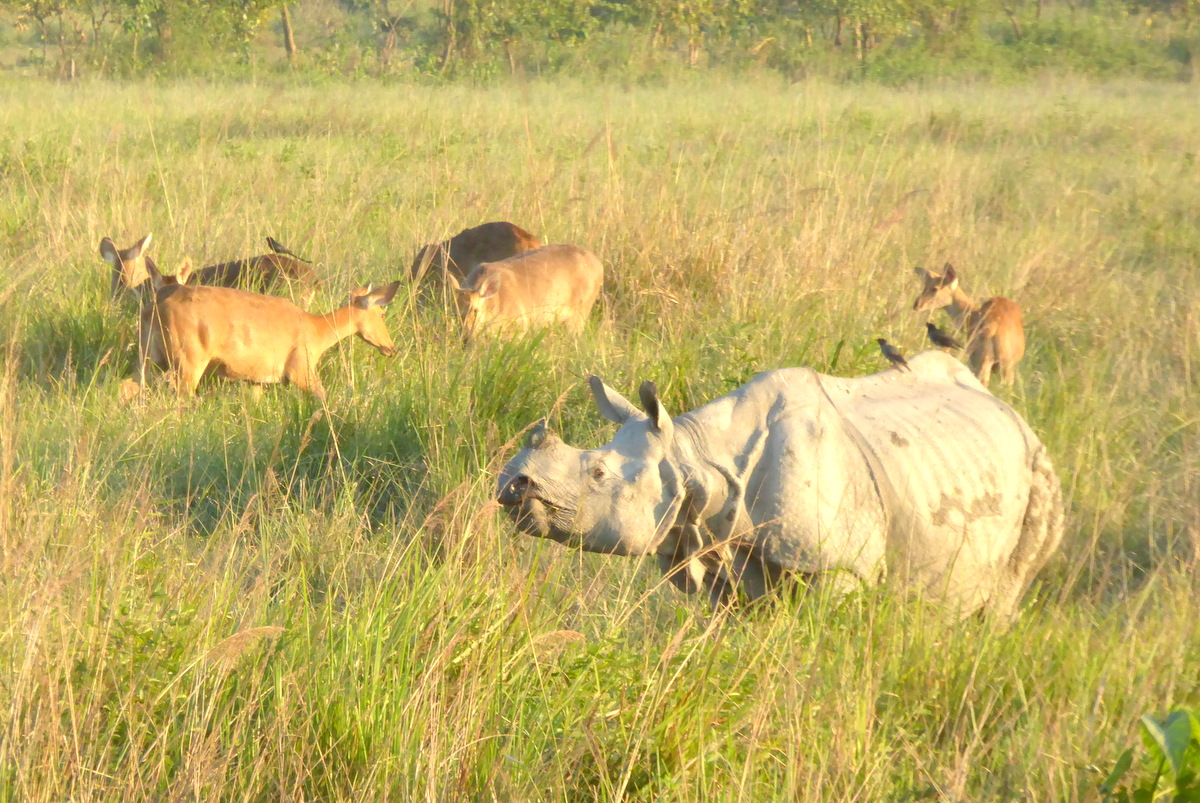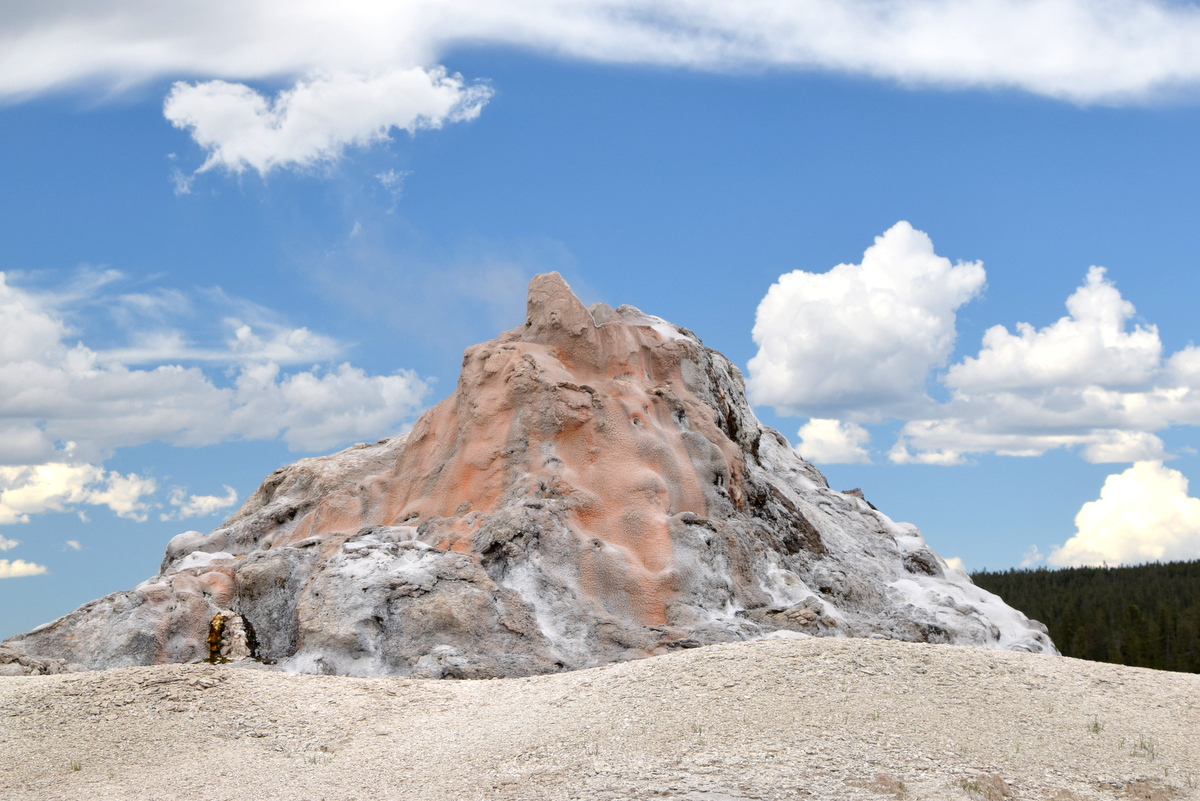Natural world heritage sites on all continents are recognised for the outstanding value of their lakes, freshwater wetlands, and glaciers. Sites under this category include five globally-important lake sites, three of which are located in Africa’s Great Rift Valley and include the world’s largest lake in a desert environment (Lake Turkana), the magnificent congregations of millions of flamingos (in the Kenya Lake System in the Great Rift Valley) and the world’s greatest diversity of freshwater fishes (in Lake Malawi). Elsewhere, Russia’s Lake Baikal is also noteworthy for its exceptional biodiversity, while Tunisia’s Lake Ichkeul supports great concentrations of overwintering waterfowl from northern Europe. Many of the world’s important freshwater wetlands are associated with major river systems and may be seasonally flooded areas in the flatter middle-reaches of those rivers, or broad expanses of flatlands in river deltas. Well-known sites of this type include Botswana’s Okavango Delta and Brazil’s Pantanal as well as places like Iraq’s Ahwar wetlands, the Danube Delta in Romania and Spain’s Donana National Park. At higher latitudes freshwater is held in frozen landscapes as ice, creating an altogether different kind of ‘wetland’, with vaste iceflows such as those that characterise Argentina’s Los Glaciares and the mountain peaks of the Waterton-Glacier park shared by Canada and the USA. The Kluane/Wrangell-St. Elias/Glacier Bay/Tatshenshini-Alsek transboundary site in North America contains the largest non-polar icefield in the world. One site on the world heritage list is unusual because its freshwater wetland attributes are actually man-made – India’s Keoladeo National Park – inscribed for its outstanding importance for migratory and resident waterbirds.
‘To learn more about these lakes, freshwater wetlands and glaciers click on the links of featured sites in the table, or the photo tiles below. Note that some site pages are still under development so the links for these places are not yet active.’
Threats and conservation needs: Freshwater wetlands are especially vulnerable habitats because of growing human demands for water and hydropower and our ever-increasing ability to harness rivers and water resources. Very few of the world’s major rivers remain ‘wild’ as most have been dammed for hydropower and water storage for agricultural irrigation and urban/industrial use. Others have been subject to canalisation to drain swamps and create farmland. Dams and canals alter (or eliminate) downstream flooding cycles and change the ecology of floodplains and wetlands in a fundamental way. Many of the natural world heritage sites in this ‘lakes, freshwater wetlands and glacier’ category are threatened by developments of this nature, including Lake Turkana (where a series of six majors dams is being constructed on inflowing rivers), Djoudj and Ichkeul (both of which were included on the List of World Heritage In Danger during recent periods of acute environmental stress caused by dam constructions), as well as Brazil’s Pantanal. The USA’s Everglades National Park remains on the Danger List, threatened by a variety of external factors including water abstraction, pollution, and climate change.
Iconic Species: Birds and fish are the most conspicuous and widespread members of freshwater wetland communities, notable for both the diversity of species and sheer numbers of individuals. The sight of as many as two million flamingos on a Rift Valley Lake, or an underwater ‘species flock’ of colourful cichlid fishes in Lake Malawi is unforgettable!
Missing Links: Efforts are still needed to identify additional freshwater wetland sites that might qualify for the world heritage list, and this could usefully be the subject of a global comparative analysis such as those carried out by the International Union for Conservation of Nature for other biomes. The Ramsar Convention on Wetlands of International Importance lists 2,231 sites (2016), some of which might be considered for world heritage status. In tropical Africa, for example, the Sudd and Upper Nile floodplains (Sudan), Lake Tanganyika, and the flooded forests in the heart of the Congo Basin all deserve examination as possible future nominations.
Sites by country
| COUNTRY | SITE |
| Argentina | Los Glaciares National Park |
| Botswana | Okavango Delta |
| Brazil | Pantanal Conservation Area |
| Bulgaria | Srebarna Nature Reserve |
| Canada | Wood Buffalo National Park |
| Canada & USA | Kluane /Wrangell-St. Elias /Glacier Bay/Tatshenshini-Alsek |
| Canada & USA | Waterton Glacier International Peace Park |
| Georgia | Colchic Rainforests and Wetlands |
| India | Keoladeo National Park |
| Iraq | The Ahwar of Southern Iraq (M) |
| Kazakhstan | Saryarka – Steppe and Lakes of Northern Kazakhstan |
| Kenya | Kenya Lake System in the Great Rift Valley |
| Kenya | Lake Turkana National Parks |
| Macedonia | Natural and Cultural Heritage of the Ohrid region (M) |
| Malawi | Lake Malawi National Park |
| Mongolia & Russia | Uvs Nuur Basin |
| Romania | Danube Delta |
| Russian Federation | Lake Baikal |
| Russian Federation | Putorana Plateau |
| Senegal | Djoudj National Bird Sanctuary |
| Spain | Doñana National Park |
| Tunisia | Ichkeul National Park |
| USA | Everglades National Park |

